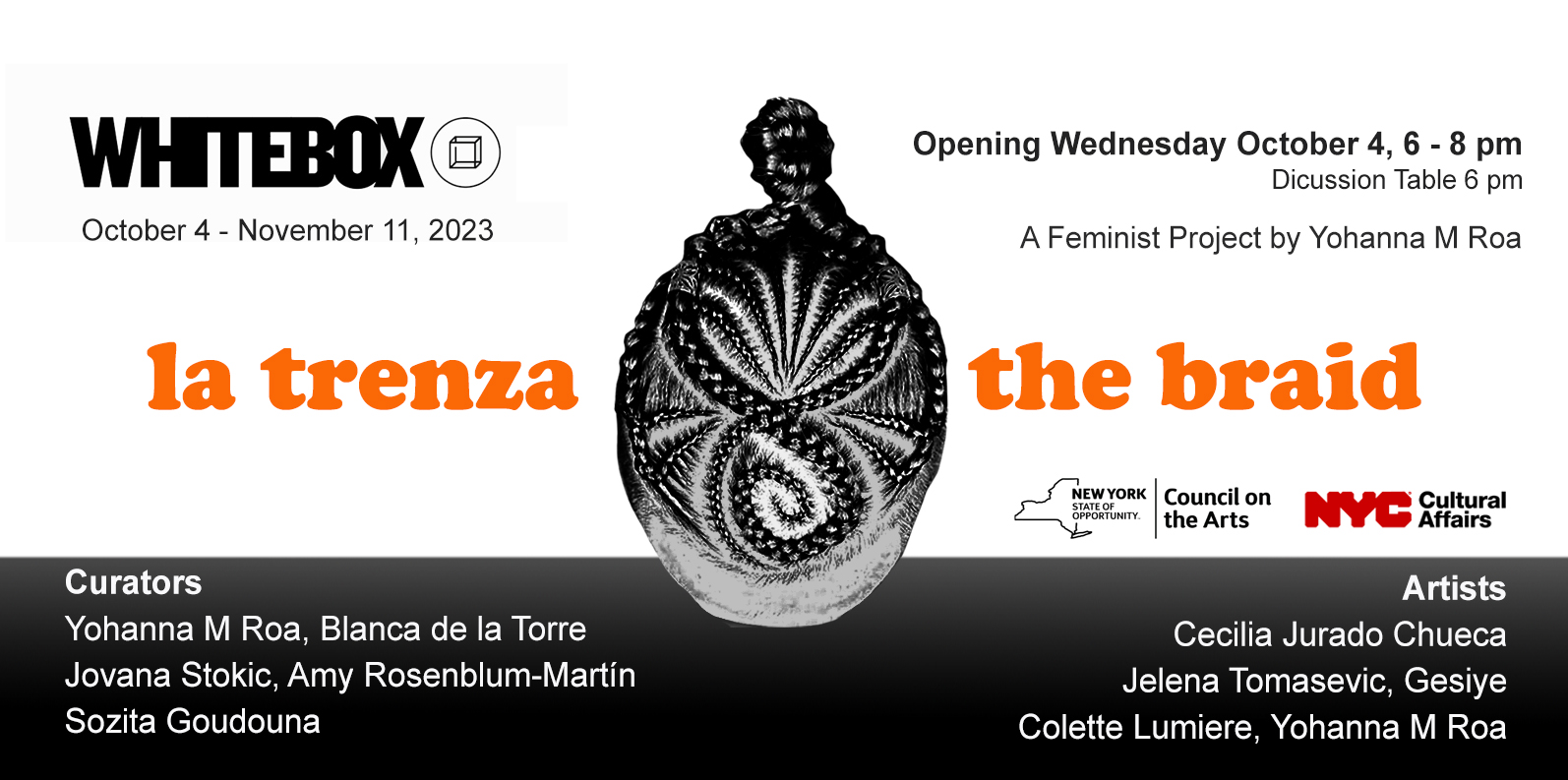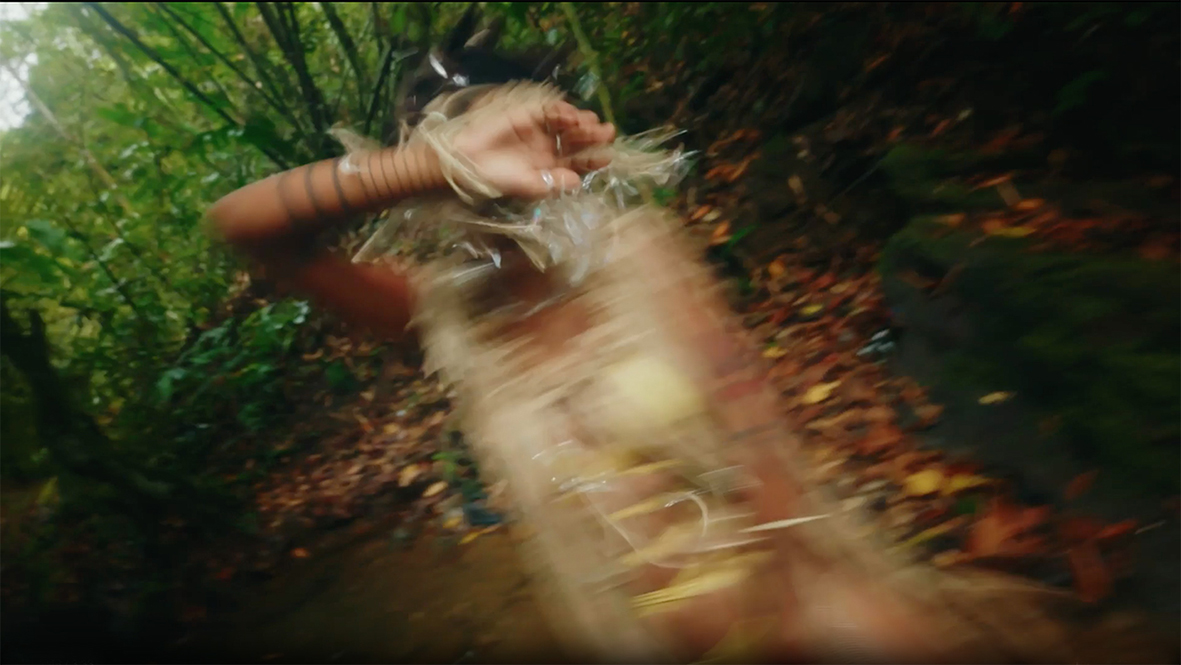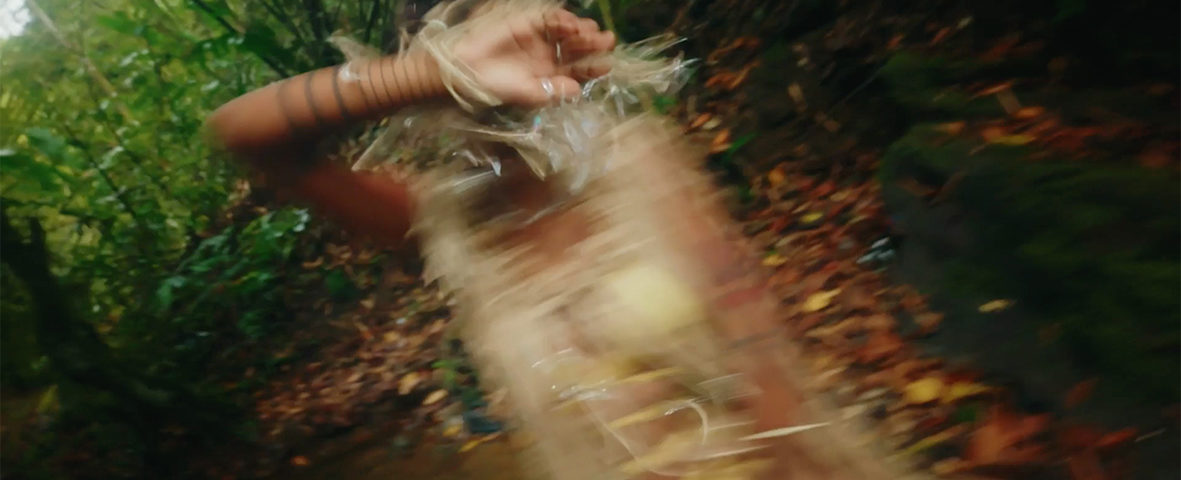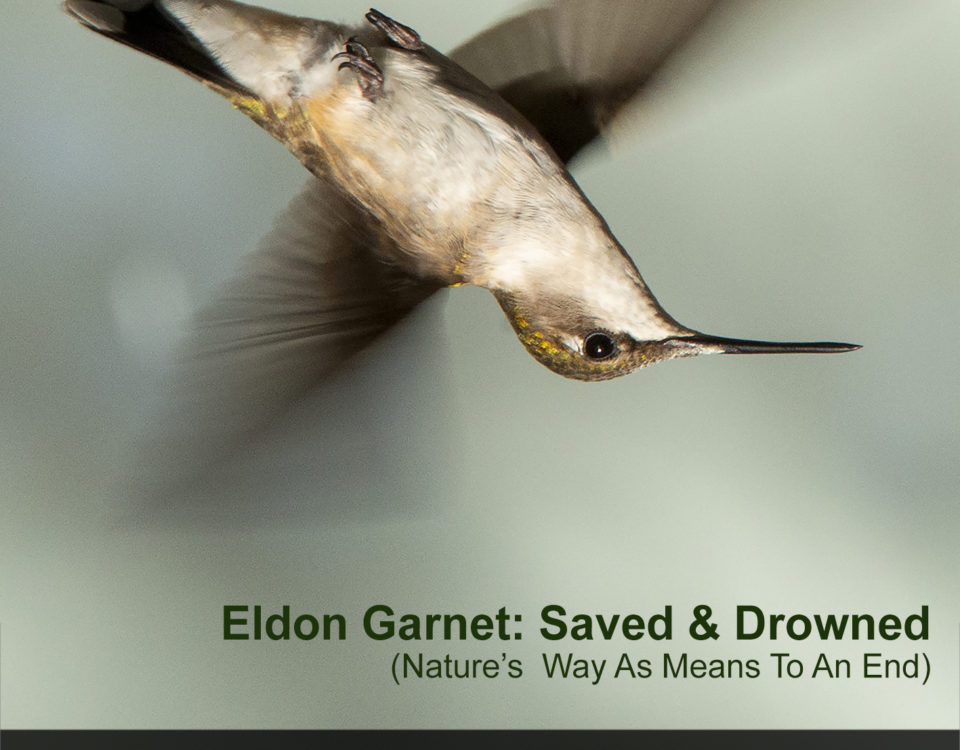
la trenza – the braid. Jelena Tomasevic, Artist & Jovana Stokic, curator
September 26, 2023
la trenza – the braid. Yohanna M Roa Artist & curator
September 26, 2023
A Collective Feminist Curatorial
Gesiye, Artist & Amy Rosenblum-Martín, Curator

Gesiye.
“Now That I’m a River” 2023 Video and photographs 3:33 minutes, dimensions TBD
By Amy Rosenblum-Martín
Tattoo. Snake. River. In the context of Trinidadian Carnival, what does it mean for an artist who makes tattoos to become a snake shedding its skin, only to become, in turn, a river? Tattoos shed to heal; they scab and peel to visibly transform a person. With the artwork Now That I’m a River, Gesiye reflects on the ancestral idea of a snake shedding its skin to explore personal transformation. In Heart of Darkness, Joseph Conrad compares the massive, winding Congo River to a serpent to evoke a sense of danger. In contrast, Gesiye’s interlacings—tattoo, snake, river, her own movement--convey the power of radical love and care. Her work embodies the ability to grow and heal oneself, others, and the earth nonlinearly. She crisscrosses references the way river water sometimes flows over rock in a braided or woven pattern of microcurrents.
This medium-artist’s thinking-feeling glistens as politics-poetics. As Lao Tzu writes, “Water is fluid, soft and yielding. But water will wear away rock, which is rigid and cannot yield,” in the Tao Te Ching (400 BC). Gesiye’s work resonates with Black feminist teachings that the personal is fundamentally important, methodologically, for shifting the paradigm. Here, the artist gives viewers a glimpse of her individual process of metamorphosis. She is not creating art for the viewer in the Eurocentric tradition of artistic production, but rather she downloads this performance, writing, video, photography, drawing project from dreamlike sources for herself, generously sharing her experience with the rest of us. This artwork thus represents epistemological justice unpretentiously. In other words, people have unpredictable combinations of different kinds of intelligences: corporeal-kinesthetic, interpersonal, intrapersonal, logical-mathematical, musical, naturalistic-spiritual, verbal-linguistic, and visual-spatial, for example. The logics at play in Now That I’m a River come across as pointedly multivalent as resistance to the normative imperative that polymaths must pick one lane and stay in it. Showing up as unapologetically whole, polymathic, and curious about the process of becoming is radical artmaking. Tina M. Campt summarizes in A Black Gaze: Artists Changing How We See:
“It is the frequency of Black awakening.
It is the frequency of radical Black joy.
Rebirth is necessary.”
Spiraling back to origins to begin again, Gesiye’s work can be read as a meditative conversation among skins: inking the dermis, molting, surface tension, and contextually specific corporeal intelligences. The artist’s contemporary, the curator Legacy Russell, writes as if in dialogue with Gesiye in Glitch Feminism: A Manifesto, “Skin is a container. It is a peel that contains and cradles wildness. It gives shape to bodies. A break, tear, rupture, or cut in skin opens a portal and passageway. Here, too, is both a world and a wound. […] Embracing the plausibility of range–that is, fantasizing, playing, experimenting by donning different ‘skins’–becomes an active empowerment, self-discovery, and even self-care.” Stepping into our own nature has the healing power to entrance.
Indeed, Gesiye says this artwork is “rooted in Carnival in Trinidad & Tobago: a cyclical, transformative period with a relaxing of colonial regulations on what women’s bodies can look like and where we can take up space. Despite having a culture that markets sexuality and freedom during the Carnival season, Trinidad is surprisingly conservative. Rules often require women to cover their shoulders and knees to enter public spaces and to access government services. In the midst of these colonized requirements for our bodies, women are exposed to violence and assault throughout the year and are often slut-shamed and victim-blamed in the aftermath. Once a year, for two days, the roads are blocked and people flood into the streets of the city of Port of Spain, moving through them like water, dressed in costumes, bikinis or nothing at all. In a country where one in three women have experienced gender-based violence, to be able to move so freely in public and to feel safe is an incredibly empowering experience.
Now That I’m a River draws inspiration from the Orisha, kundalini mythology, Jungian dream theory and Trinidad’s folklore character Mama D’leau, a protector and healer of the river who is often depicted as part woman, part snake. This interdisciplinary installation is centered around a snake that sheds its skin and becomes a river: a metaphor for the cyclical process of celebrating femme sexuality during Carnival and violently suppressing it throughout the year.
This work engages in a process of character building and myth-making. The film includes drumming by a member of Trinidad’s Ifa community and sound bowls and chimes that resonate with the sacral chakra. I was particularly interested in the ways that dances like whining and twerking activate this chakra and function as a portal to awakening and embodying our creative and sexual energies. The ‘mas’ or costume that is worn for the performance film was handmade using twine, rope, leaves, beads, and snakeskin printed fabric. In Now That I’m a River, Carnival functions as a ritualized rebellion, as a reclamation of our agency, and as a gateway to a liberated, integrated self.”
In “la trenza–the braid,” Gesiye’s braiding and weaving of concerns and processes dance contemplatively with the entirety of this feminist exhibition. Her work reminds visitors of the sinuous nature of change. When we rebirth ourselves, time travel and other seemingly impossible phenomena are proven real and tenable. Listening to our bodies to restructure the synapses in our brains has a ripple effect in the world. Pleasure equals power. Gesiye offers visitors truth and optimism as tools of intersectional environmentalism aka freedom.



